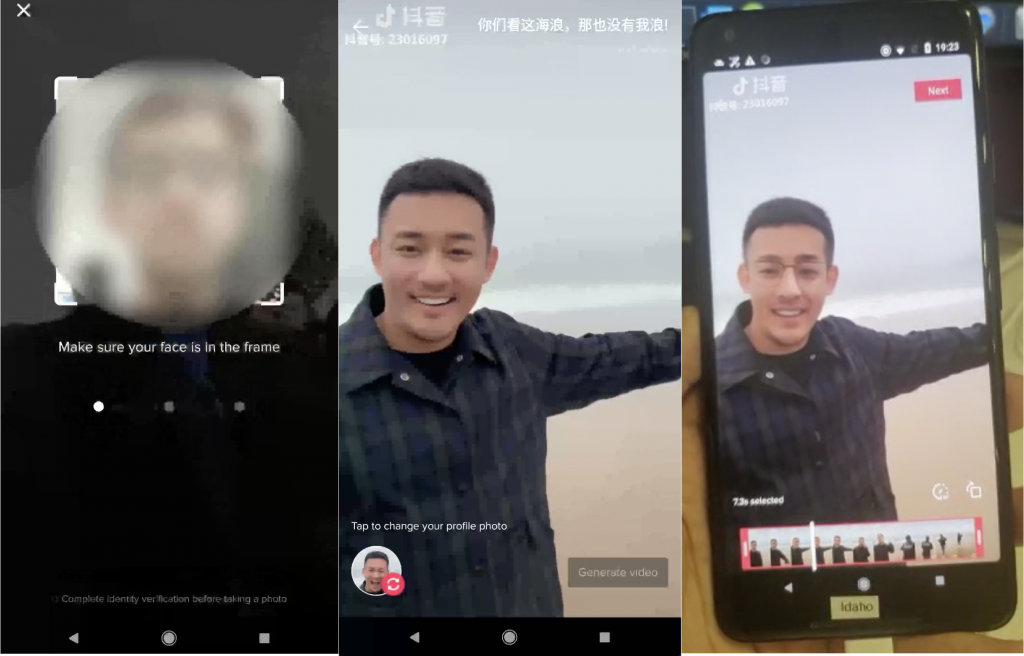Week in Social: Influencers in 2020, Facebook becomes QVC, and TikTok does a Deepfake

Facebook Buys Live Video Shopping
Earlier this year, Facebook bought Packagd, a small company working on a product that allows shopping through live videos for use in Facebook Marketplace.
While we expect early uses of this tech to look a lot like QVC and other TV-based home shopping, that should really only be the tip of the iceberg. We can easily imagine this growing within influencer marketing, or even scripted creative ads, to allow for the next generation of product placement. Like the jacket an actor is wearing? Buy it right through the video.
This tech reduces the friction between “want” and “purchase” to an almost dangerous degree, turning every video into an opportunity for an impulse buy.

Read more at Bloomberg
The Year of the Influencer?
Influencer marketing didn’t just grow over 2019, it matured; and going into 2020, this former “Wild West” should look even more tame and familiar to many agencies and clients alike.
The biggest driver of this new maturity seems to be that everyone, from marketers, to influencers, and audiences – now expect that so much of what appears on social media feeds is bought and paid for. Influencers get into the game to attract ad deals, and their audience knows that most of what their favorite influencer is posting will be a #ad.
This means in 2020, we can all start dealing with Influencer marketing the same way we do all our other advertising. We’ll depend on strong briefs, strong measurements of ROI, and long-term relationships more than previous “shoot from the hip” strategies with spend and content generation.
But spontaneous and experimental marketers shouldn’t worry, there’s always a new frontier somewhere.

Read more at AdAge
TikTok Built a Deepfake Maker
Though most of the internet is on the side of preventing Deepfakes and the threat they represent to an already weakening conception of “the truth,” TikTok just developed a new way to instantly put your (or anyone’s) face into videos featuring other people. Of course, face-swapping and altering features have been a part of other platforms before, but as their ability to create more realistic-looking fakes improves, the risk of such tech being used for more than fun personalized social media becomes more likely.
Unfortunately, this isn’t the kind of thing that’s easy to put back in the bottle once it’s out. There’s probably no way to unilaterally ban Deepfake and similar technology, especially if people want to use it for recreational purposes, and companies can find ways to make money on them doing so.
If we’re to regard their spread as inevitable, then it becomes our responsibility to teach literacy. While it may become harder and harder to identify Deepfakes, we have to work towards always making it possible – if not by human eyes, than by AI’s or some other means.

Read more at TechCrunch
You Should Know What Fortnite is by Now
Even though profits are down compared to last year, Fortnite’s partnerships with everyone from John Wick to Star Wars this year proves that it – and other games-as-virtual-spaces – should remain on your radar as possible platforms for your ads.
Games offer a level of built-in engagement and enjoyment-by-association that’s hard to beat. And while Fortnite is currently the king-of-the-hill when it comes to free-to-play experiences, its success should proceed a growing market of game developers looking for a piece of that billion-dollar pie. In 2020 and years ahead, it may be smart for agencies to have a game designer on board to help design fun interactive experiences for an entirely new type of platform.

Read more at The Verge